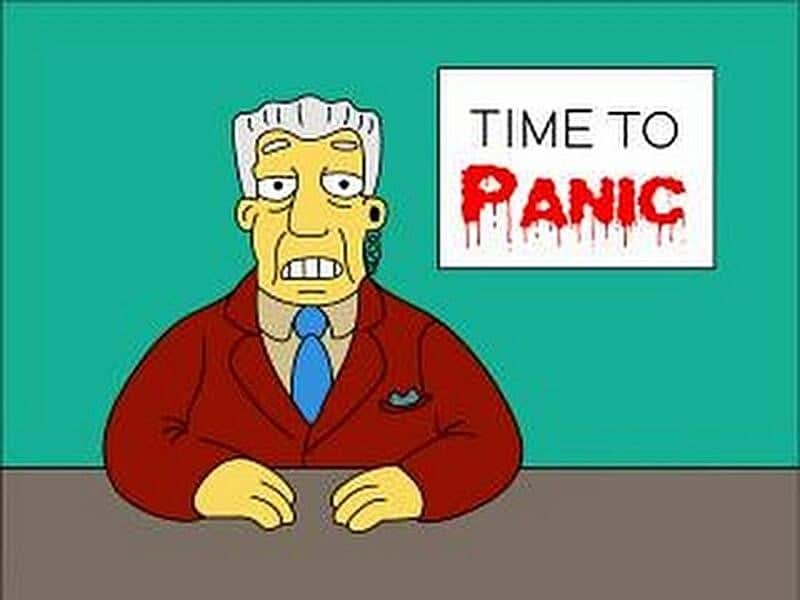A Crash Course on Market Crashes Did you know that most “normal” investors actually lost much less money during market “crashes” than the media reports? I’ve been doing some historical digging and I’ve discovered some shocking truths. I hear a lot of horror stories about how much money people have lost during past crashes. You never know! You might be next! Get ready to live in a cardboard box! The markets have had five significant crashes in the past 100 years. - The Great Depression (1929)
- World War II (1939)
- Oil Embargo/Nixon Resignation (1973)
- The Dot Com/Technology Bubble (2000)
- The Great Recession/Real Estate Bubble (2008)
It may come as a surprise to many of you that there were decades-long periods without any major ‘’corrections” in the markets. But I want to point out another interesting statistical curiosity. Crashes typically cause short-term damage. Allow me to explain through an analogy. If you invested all of your money at the beginning of 1929,1940, 1973, 2000, or 2008, you would have had a bad time. But in the real world, you generally don’t suddenly invest all of your money at once. It is a gradual process as you save money and contribute to retirement accounts over many years. We need to look at the years preceding the crashes to get a true sense of how damaging they were to real people’s financial lives. Let’s start with the years preceding the Great Depression. - 1926: +11.6 percent
- 1927: +37.5 percent
- 1928: +43.6 percent
This means that if you had $100,000 invested in 1925, you saw it grow to $220,000 by the time the markets faltered. Over the next four years, your value dropped to $80,000. The markets then skyrocketed upwards again. By the end of 1936 your account was worth $241,000. This means that over ten years (1925-1935) your investment in the S&P 500 would have increased from $100,000 to $241,000. That’s an increase of 141 percent. This was during the worst downturn in the history of the stock market. The World War II crash saw a similar phenomenon. From 1935-1945 (with the markets dropping significantly in 1937, 1940, and 1941) your $100,000 investment would have turned into $242,000. How? - 1936 had a 34 percent return.
- 1938: 31 percent
- 1942: 20 percent
- 1943: 26 percent
- 1944: 20 percent
- 1945: 36 percent
Who cares if you had a few bad years in between? The years preceding and following the crash in 1973-74? Same thing. If you invested money from 1970 to 1980 (with the markets dropping 40 percent during the downturn), your $100,000 turned into $170,000. The years leading up to the Dot Com Bubble in the early 2000s is the best example of this concept. The 1990s was the best decade the markets had ever seen. Your $100,000 investment turned into a whopping $530,000 during the 90s. Did you lose 40 percent from 2000-2002? Yes. But you would have still been WAY ahead. Lastly, the crash nearest and dearest to our hearts; the real estate bubble was possibly the worst economic event since the Great Depression. But the 37 percent lost in 2008 was mitigated by solid returns before and after. If you invested $100,000 in 2005, today it would be worth $428,000. I think you get my point by now. Stock market crashes do not occur in a vacuum. We need to look at returns before and after to get a better understanding of the true cost of downturns. What does all of this mean for you? Keep calm and carry on. Be Blessed, Dave P.S.- Think of someone you know that would benefit from this info. Now, forward this email to them. Thanks! | 

No comments:
Post a Comment